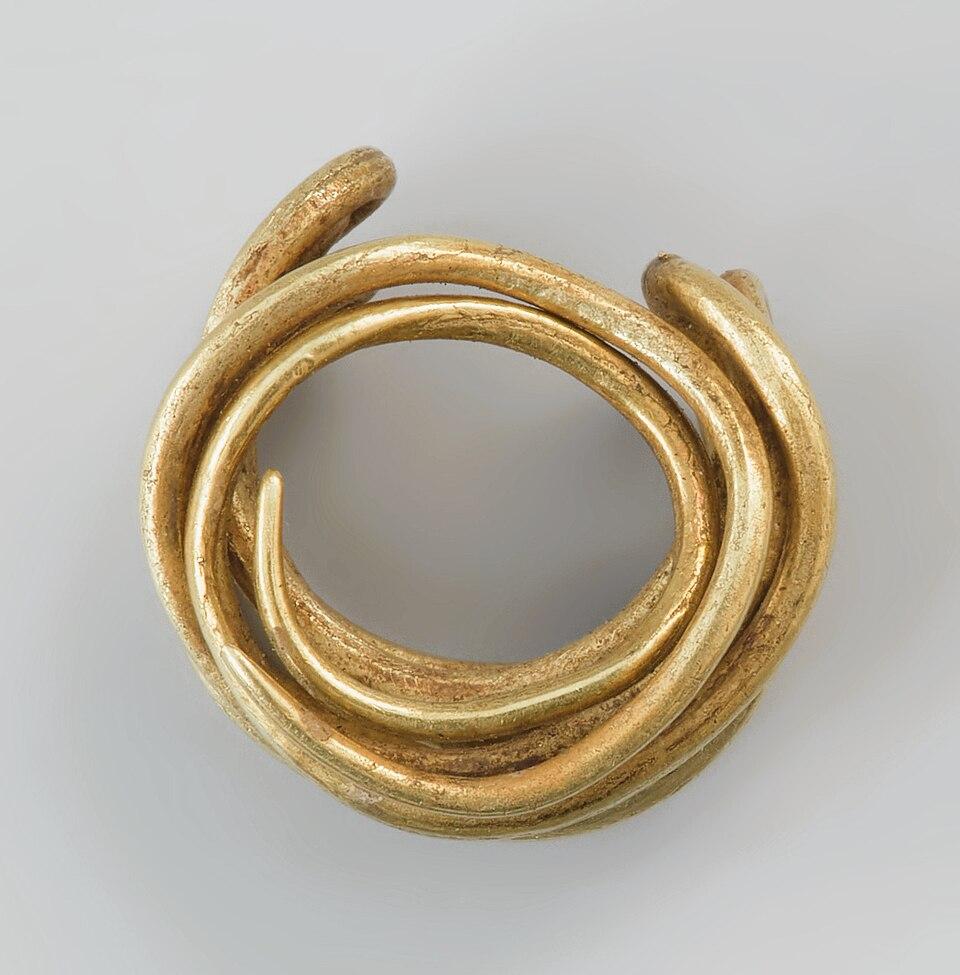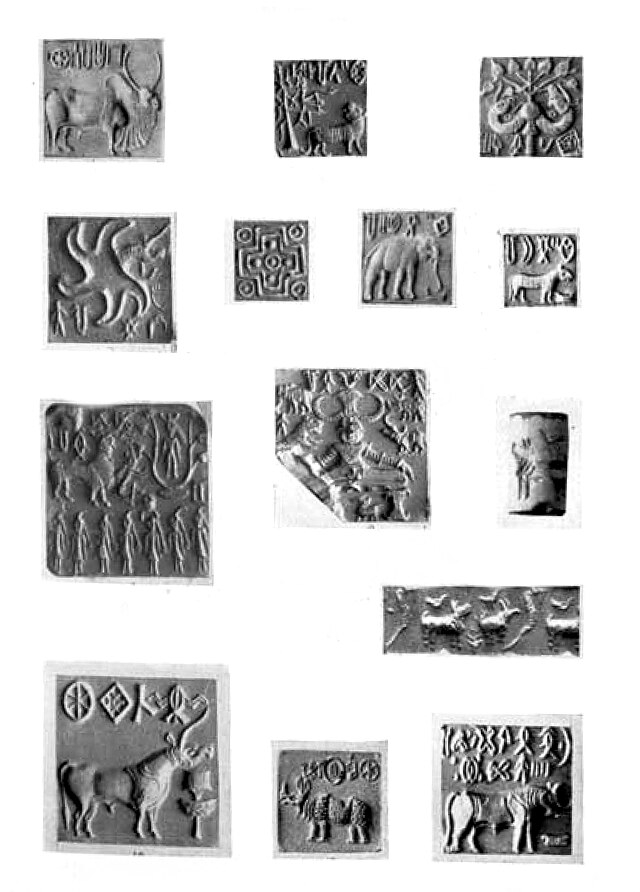
Timelines 10
Man and his Senses 10
Man and his Inventions 10
Geography 10
Fauna 10
Timelines 10
Man and his Senses 10
Man and his Inventions 10
Geography 10
Fauna 10

By the time bronze cooled into shapes of swords, pins and ritual vessels, human societies had already moved from scattered hunting groups towards settled hierarchies, trade corridors and conspicuous burials. The centuries between roughly 10,000 BCE and 2000 BCE contain a series of innovations (domestication, pottery, metallurgy and urban planning), and nowhere is that complex web of change clearer than in a pair of Eurasian cases: the Únětice world of Central Europe and the concurrent Bronze Age of the Indian subcontinent. Read together, they show how new technologies (notably bronze), long-distance trade networks and emerging elites remade landscapes and social life across vast distances.
The Únětice culture (c. 2300–1600 BCE)
The Únětice culture, named for the site northwest of Prague that gives it its name, marks an important early horizon of the European Bronze Age. Over a thousand sites now attest to its reach across the Czech Republic, Slovakia, Poland, parts of Germany and Austria. Archaeologists distinguish this period with a collection of features: such as enclosed settlements, metal workshops, standardized artefact types and burial practices that include richly furnished "princely" graves. These graves, where barrows with daggers, halberds and sometimes gold-adorned weaponry were buried, suggest social ranks and control over valuable materials. Their presence across the landscape is one of the clearest signs that Bronze-Age social differentiation had emerged in Central Europe.
Material culture and long-distance links
Materially, Únětice is often defined by its metalwork. The culture's metal objects (flat axes, flanged axes, triangular daggers, pins and bracelets) show both local innovation and long-distance links. Bronze alloys require copper and tin, and the distribution of finished goods and raw materials indicates exchange networks that stretched across regions. Únětice pottery and bronzes have been found from the Bohemian plains to Ireland and Scandinavia; such distribution implies not merely the movement of goods but the flow of craft knowledge, weight standards and perhaps social fashions. In short, metallurgy became not just a technology but a social technology: a means to create prestige, to bind elite households and to anchor long-distance transactions.
The material record continues to yield surprises that push the culture's horizons. Recent fieldwork and metal-detecting on the finds in the Czech Republic have produced hoards of weapons and ornaments, while scientific imaging has helped conservators and scholars to 'unfold' corroded bronze cuirasses and armor, revealing manufacturing techniques and continental parallels. These discoveries underline two linked points: first, that Únětice-related communities remained dynamic long after their peak; and second, that modern archaeological methods (3-D imaging, metallurgical analysis) continue to refine our reading of Bronze Age craft and contact.

Astronomy and ritual thought
Astronomy and ritual thought may also have been part of this somewhat technologically advanced collection that has been unearthed. For eg, The Nebra sky disk (generally dated to c. 1800–1600 BCE), though found in modern-day Germany, sits within the network of cultural forms often associated with the Únětice horizon. The disk's celestial markings (a sun/moon, a cluster of stars interpreted as the Pleiades, and other symbols) suggest that Bronze Age communities were attentive to the heavens, possibly using celestial observation in calendrical reckoning, ritual scheduling or elite display. The sky disk is thus a material clue that technical craft and symbolic cosmology could be woven together in early Bronze Age societies.
Bronze Age India: cities, craft and networks
If Central Europe's Bronze Age is a story of princely graves, fortified sites and long-distance metal trade flows, Bronze Age India offers a complementary narrative of urbanization, craft specialisation and maritime as well as overland exchange. The subcontinent's Bronze Age (a long sequence that includes the Chalcolithic cultures and reaches its peak in the Mature Harappan tradition, roughly 2600–1900 BCE within a broader 3300–1300 BCE Bronze Age frame) is characterised by planned cities (streets laid on grids, sophisticated drainage and craft quarters), standardized weights, and widespread use of bronze for tools, weapons and ritual objects. These urban centres (Harappa, Mohenjo-daro and others) gathered craft specialties (bronze casting, bead-making, shell-inlay) at scales that suggest not only local production but organised systems of distribution and control.
Technically, the subcontinent's metalworkers developed diverse techniques: lost-wax casting for small bronzes (a method that yields remarkable sculptural detail), alloy control for hardness and durability, and the integration of metalworking with complementary industries such as bead-making and textile production. Archaeological and material studies emphasise how metallurgy there was woven into urban economies and ritual life; bronzes were not simply tools but objects of identity, exchange and perhaps cultic display. At the same time, textual and iconographic traditions (later Vedic and post-Vedic materials, and regional craft lore) preserve memories of artisan guilds and ritualized production that help to contextualise the archaeological traces.

Convergences and contrasts
A comparative glance reveals both convergences and contrasts. Both regions show how metallurgy triggered social change: the control of metal production supported elite display and fostered long-distance ties; standardized forms (weights, pins, blades) eased exchange; and funerary richness signalled social ranking. Yet the expression of those dynamics differed. In Central Europe, the scene was partly rural and burial-focused, a landscape of barrows, small fortified enclosures and caravans of metal. In the Indus, urban grids, civic drainage and large craft concentrations speak of a scale of city planning and population density rarely matched north of the Mediterranean in the same centuries. Both paths, however, suggest a common Eurasian grammar: specialization, exchange and symbolic display as engines of early state formation.
Archaeological lessons and broader conclusions
There is also an archaeological lesson about methods. Bronze is durable; wood is not. Cities leave foundations and drainage, barrows leave metalwork and bone; what survives biases our inferences. Recent hoards and improved imaging (3-D reconstructions of corroded armor, metallurgical assays) remind us that new techniques can recover lives once thought irretrievably lost to corrosion or time. They also remind us that material culture must be read with prudence: rich graves may signal leadership, but they do not, without supporting evidence, reveal the full structure of power.
Finally, there is a broader conclusion. The Bronze Age past that links a Moravian barrow to an Indus workshop is not a single story of spread but of repeated human choices: to invest labour in long-lived objects, to send prized goods on dangerous routes, to bury wealth with the dead or to lay out streets in a new town plan. The spread of bronze and the rise of early cities were both technical and human accomplishments; they make visible the same human capacities (imagination, cooperation, craft) that underwrite historical continuity. In the careful reading of metal, mound and pottery, archaeologists today continue the same work as Bronze Age smiths: shaping fragments into narratives that help us understand what it meant, in the late 3rd and early 2nd millennia BCE, to be a person with tools, with trade, and with a place in a world of expanding horizons.
Sources:
https://tinyurl.com/2448ely3
https://tinyurl.com/283clkad
https://tinyurl.com/n5y953e
https://tinyurl.com/2xhwl6xb
https://tinyurl.com/27hfhsyz
https://tinyurl.com/2cbyy8bb
https://tinyurl.com/26p4l56k
https://tinyurl.com/246yf98c
https://tinyurl.com/246yf98c
https://tinyurl.com/22qndqq3